
p.p1 {margin: 0.0px 0.0px 0.0px 0.0px; font: 12.0px Verdana}
span.s1 {font-kerning: none}
Jay Sifford takes us on a journey through his sculpture garden in Charlotte, NC.
p.p1 {margin: 0.0px 0.0px 0.0px 0.0px; font: 12.0px Verdana}
p.p2 {margin: 0.0px 0.0px 0.0px 0.0px; font: 12.0px Verdana; min-height: 15.0px}
span.s1 {font-kerning: none}
“As some of you know, I have been in the process of creating a sculpture garden in a forest clearing here in Charlotte. This garden, originally designed to be seen from my home’s windows and not to be walked through, has evolved into a stroll garden with a new meditation area off axis at the end of the path. I also call this garden my Light Garden, as I have designed it to capture and display the sunlight as it moves across the southern sky, eventually backlighting the garden through the trees. You see, I believe that few people other than gardeners and artists really notice the ever-changing light patterns and intensity, so, in this vain, the garden acts rather like a large sundial. I have planted strips and pools of chartreuse foliage such as Everillo carex and Florida Sunshine illicium to mimic and simulate the shafts of sunlight as they pierce the forest canopy. This fall I added 6 vertical podocarpus on the upper hill to mimic sentries standing guard over the space and created “shadows” off of them with mondo grass.
This summer we built the meditation circle. Since most parts of my garden would be called “abundantly planted”, I wanted an area that is minimalistic and initiates reflective thought. Therefore, the meditation circle includes only three items: a stone sphere, a honed seating boulder and a vertical sculpture. Natural boulders create steps that lead to this area. The sculpture, while industrial in style, blends well with the surrounding beech trees with regard to color and shape. I call her my “forest person”. She stands in contrast to the steel ballerina sculpture that is close-by.
This has become a favorite part of the garden for me as it’s indicative of my imagination and current aesthetic, and how I can blend them in interesting ways to speak for the forest that I call home.”
Have a garden you'd like to share? Email 5-10 photos and a brief story about your garden to [email protected]. Please include where you are located!
Have a mobile phone? Tag your photos on Instagram or Twitter with #FineGardening!
You don't have to be a professional garden photographer – check out our garden photography tips!
Do you receive the GPOD by email yet? Sign up here.
Follow us: @finegardening on Twitter | FineGardeningMagazine on Facebook | @finegardening on Instagram
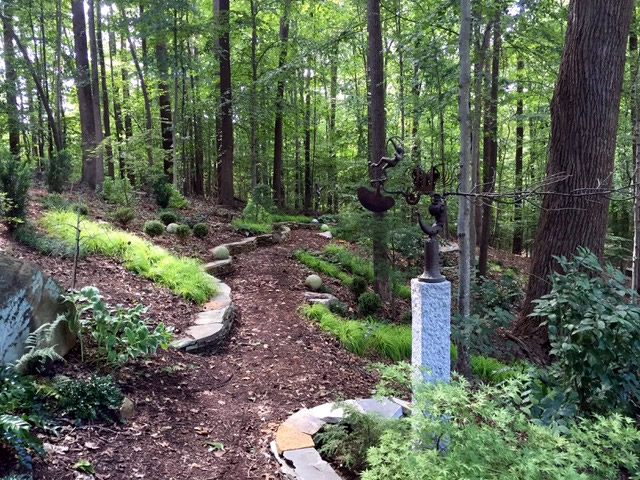
p.p1 {margin: 0.0px 0.0px 0.0px 0.0px; font: 12.0px Verdana}
span.s1 {font-kerning: none}
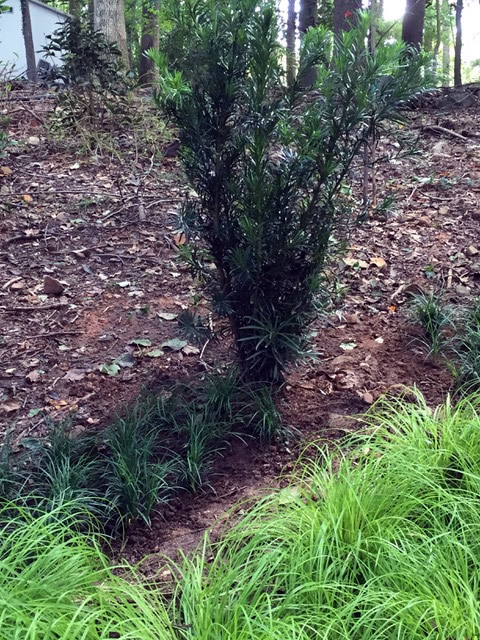
p.p1 {margin: 0.0px 0.0px 0.0px 0.0px; font: 12.0px Verdana}
span.s1 {font-kerning: none}
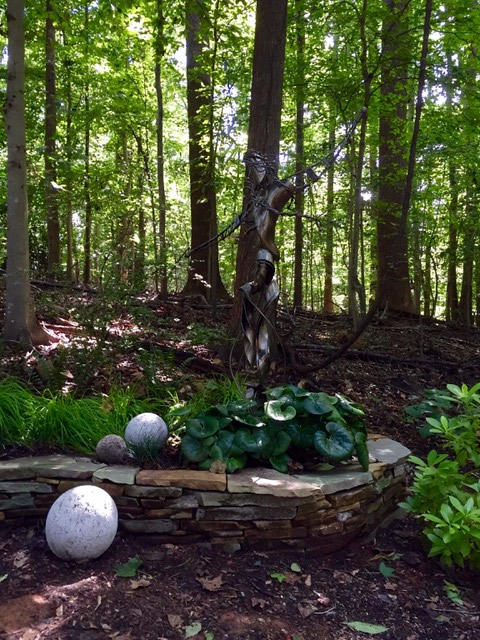
p.p1 {margin: 0.0px 0.0px 0.0px 0.0px; font: 12.0px Verdana}
span.s1 {font-kerning: none}
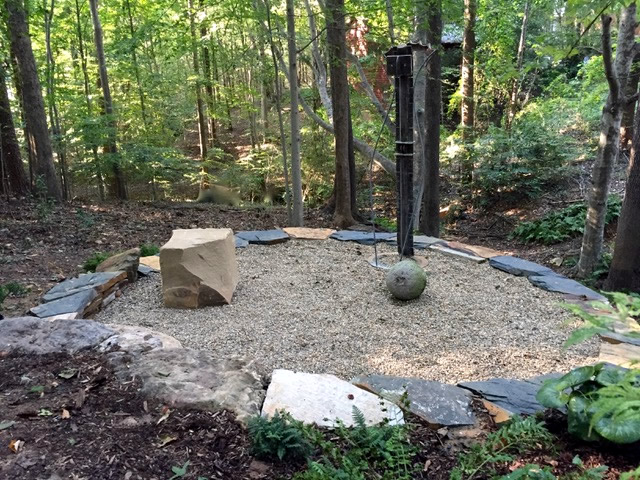
p.p1 {margin: 0.0px 0.0px 0.0px 0.0px; font: 12.0px Verdana}
span.s1 {font-kerning: none}

p.p1 {margin: 0.0px 0.0px 0.0px 0.0px; font: 12.0px Verdana}
span.s1 {font-kerning: none}
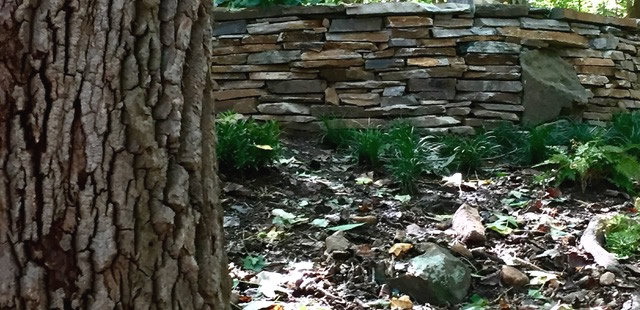
p.p1 {margin: 0.0px 0.0px 0.0px 0.0px; font: 12.0px Verdana}
p.p2 {margin: 0.0px 0.0px 0.0px 0.0px; font: 12.0px Verdana; min-height: 15.0px}
span.s1 {font-kerning: none}
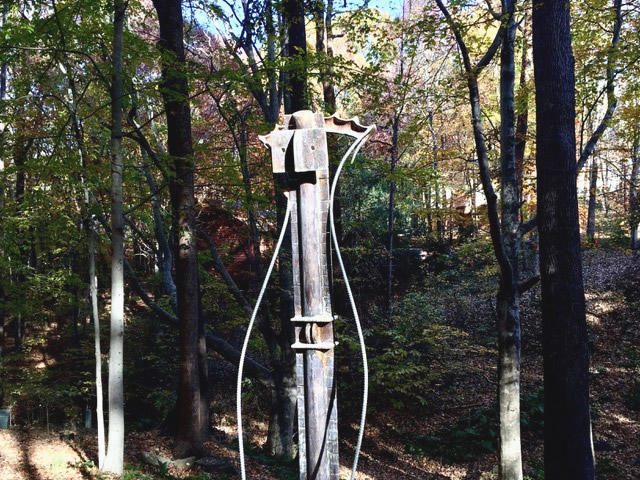
p.p1 {margin: 0.0px 0.0px 0.0px 0.0px; font: 12.0px Verdana}
span.s1 {font-kerning: none}


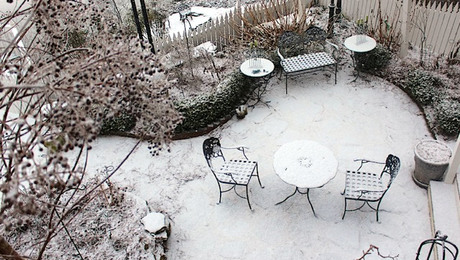
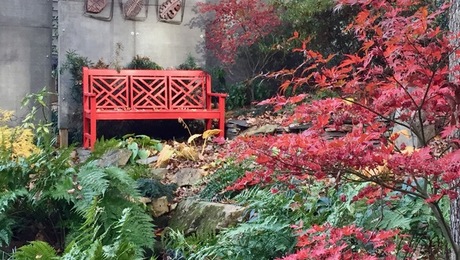
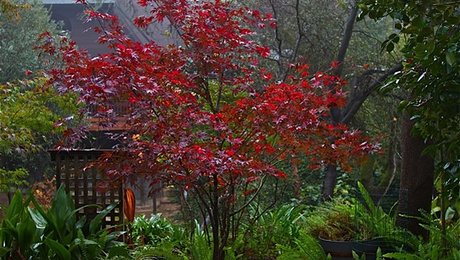
















Comments
Log in or create an account to post a comment.
Sign up Log in